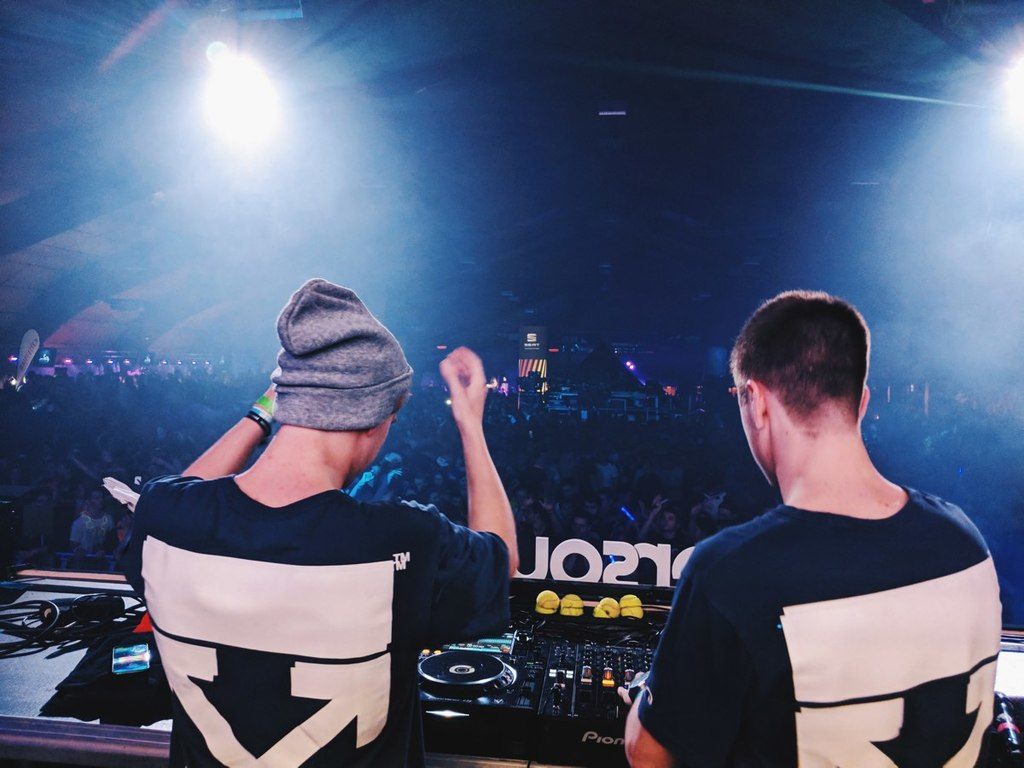
My 5-Step Program for Getting Started DJing
Learning to DJ can be a challenge, and not just because you need to master the actual DJ techniques. The real problem is, how do you know which techniques to learn and practice in the first place? There’s so much information on DJing out there that it’s hard to understand what you should be doing, especially if you’re just starting out. Should you learn scratching? Should you practice looping and sampling? Or maybe you should learn how to make re-edits first?
Luckily, learning to DJ is actually a pretty straightforward process. In this post, I’ll try to remove the fluff and give you a clear 5-step program for mastering the core DJ skills. By the end of this program, you will be able to play your first public gig confidently and successfully. Ready? Let’s go:
Step 1: Get a DJ setup. It’s hard to learn to DJ without an actual DJ setup in place. The good news is that your DJ gear doesn’t have to be expensive. If you already have a laptop, a DJ controller is a no-brainer option that will get you up to speed quickly and inexpensively. Keep in mind that some controllers ship with a “light” or “intro” version of DJ software. You’ll definitely want to upgrade to the full version, so make sure you factor the upgrade price in your budget.
Step 2: Get the tunes to practice with. Start with at least 20 tracks that you like. It helps if the tunes are in the same genre and BPM range. Also, make sure to go for extended DJ-friendly versions of the tracks with long intros and outros. Those run for 5-7 minutes, unlike the regular “radio” versions that are typically 3 to 4 minutes long. Here’s an example of an extended version of a track versus a radio one.
Step 3: Master the basic mix with sync. The goal here is to get you playing DJ sets as soon as possible. Practice the simple transition between tracks where the tunes are synced and you just neatly crossfade from one to the other one over a course of a phrase or two. To do this, you’ll need to learn how to cue up and start a track as well as understand track structure. As a side bonus, you’ll be getting really familiar with your tunes – just because you’ll be playing them a lot!
Step 4: Learn manual beatmatching and EQing. Once you understand how a DJ set is played (play a track on deck A; transition to the next track on deck B; transition to the next one on deck A; repeat), get rid of sync and learn manual beatmatching instead. Then, learn how to make your mixes even smoother by using the EQ. The best way to practice is, again, to be playing tunes one after another in your “private” DJ sets.
Step 5: Get yourself a DJ gig. I assume that you’ve been building your music collection and listening to other DJs while learning the technical skills up to this point. If so, you should now be able to play in public. The best way to accelerate your learning is to put yourself in a bit of a “panic mode” where you actually have a public DJ gig looming. So go ahead and book yourself one, today! (I owe this excellent adivce to the “Rock the Dancefloor” book – make sure to check it out.)
Bonus Tips
The advice up till now mostly dealt with mastering the DJ techniques. However, DJing is so much more than being able to mix tracks. The job of a DJ is one of a selector and entertainer, where musical knowledge and the ability to read the crowd meet skillful networking and being “in” the scene. Here are a few important points to keep in mind as you progress as a DJ:
- Get out there. You can’t live in a “DJ bubble” in your bedroom. You have to be out there, clubbing, dancing, and living your city’s night life. Not only will you get to learn from other DJs and understand how a club night unfolds, but hopefully you’ll also build the connections to help you graduate from the bedroom.
- Listen to other DJs play. Live or recorded, make sure you listen to those mixes. Try to understand how your favorite DJs build their sets, how they approach mixing and what kind of effects and tricks they use. Try to imitate what you hear in your own practice routine.
- Expand your musical horizons. As a DJ, you are paid to lead the way with your musical your taste and selection. Stop thinking of yourself as a house DJ, or a techno DJ, or a trance one. You owe it to yourself to discover the vast trove of amazing music that came even before your favorite genre was even around. Listen to jazz, disco, funk as well as the countless classic dance tracks of the past, and learn to appreciate them.
To Sum It Up
DJing is not rocket science. The number of core DJ techniques is actually pretty limited and, once you have mastered them, you are pretty much ready to play in public. Of course, there’s no limit to improvement but even these basic core techniques will take you a long way. What’s most important is that you take action… right now.
What is (or was) your biggest challenge in learning DJing? Spill the beans in the comment section below.
About the Author JM
JM has played open-air gigs, shared the stage with the likes of ATB and had mix albums released commercially. He has been teaching DJing since 2008.
Session expired
Please log in again. The login page will open in a new tab. After logging in you can close it and return to this page.

